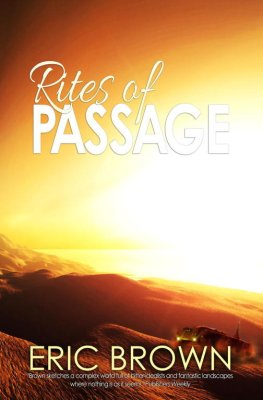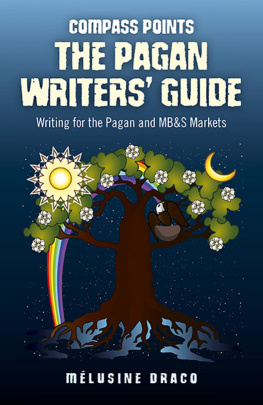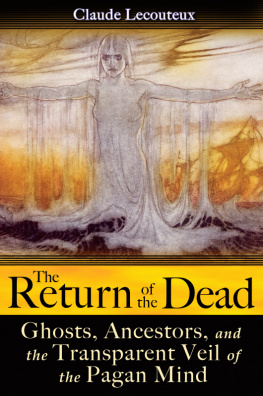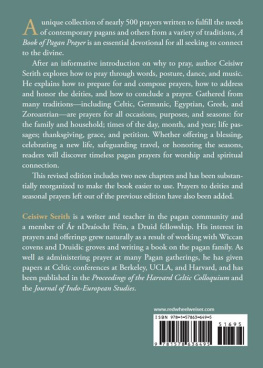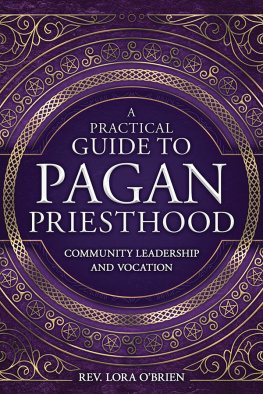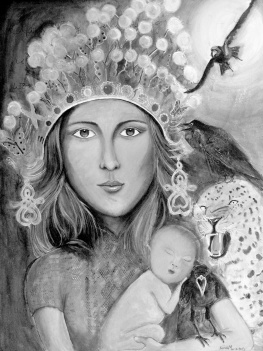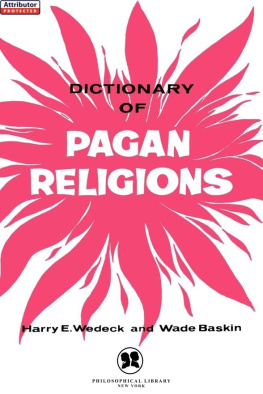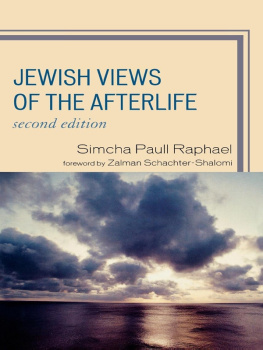My name is Siusaidh Ceanadach and I have been a pagan since the 1980s. I was baptised and brought up in the Church of England and at one time was a very active member. I taught in Sunday School, ran house groups and my children were regular churchgoers. Then something happened in my life and I felt I could no longer belong to a group of people who no longer felt like my family; who did not give me the kind of support I felt I needed at a time when I needed it most. So I started to look around, thinking, There has to be more than this. This led me to study astrology and this was followed by meeting up with teachers of Wicca. I trained in an Alexandrian Wiccan coven in London. After moving to Scotland I spent ten years working as a solo witch. I later found Scottish elders who took my training on in a more Gardnerian Wiccan way. My daughter Pauline introduced me to Druidry and I studied with the Order of Bards, Ovates and Druids, later becoming a member of The Druid Network.
I moved to Glasgow with my husband in 2001 and since then we have run a coven and a development circle. We co-ordinate ceremonies for all eight pagan festivals of the wheel of the year in Glasgow and run an open Druidcraft group called Tuatha de Bridget. Our group has people of all ages from babes in arms to those of venerable years. We have children who take small roles in our ceremonies along with their parents, and we encourage everyone to take part, even if its just reading a poem or singing a song.
Introduction
I would like to say right from the very start that not all pagans hold exactly the same pagan beliefs, especially when it comes to deity. Some will see deity as a power within all of nature, a naturalistic approach. Some see a soul within animals. Not all will personify their gods at all, but I am writing this from my personal background in Wicca and Druidry, having spoken to many folk both in my own open pagan group and online.
If you look at a timeline of faiths, especially those affecting the British Isles, then you will notice some have been around since records began. There are those we can trace from around 1500BCE (BCE stands for before the common era and means before the current system of numbering years) and faiths that seem to have come to a halt only to be taken up again in modern times. History books will have us believe that the all pagan religions died out and that what modern pagans follow is a mishmash of things they have read in history books, fairy tales and stories that have grown from archaeology.
But there are pagan families who can trace their lines back for several centuries and during that time have conducted their own family rites and followed their own codes, yet in outward appearances seemed to have been following the state religion. Whether state and religion should be intertwined is something I will leave to the reader to decide for themselves, or for teachers and classes to discuss. There have been times over the centuries that you either agreed to follow the religion of the state or you were killed, but thankfully these times have passed and we are now permitted to worship and hold whatever religious views we choose, most of the time without interference by the state.
In Britain we live on islands that have been invaded many times over the centuries. This has not always been something that caused bloodshed. In some cases peoples from other parts of the world have simply moved here and brought their own beliefs with them and told others about those beliefs. They may have married into local families and their children have followed either the mothers or fathers faith, or maybe some aspects of both.
It is clear that the original inhabitants of the British Isles had their own faith, their own gods and their own festivals, and continued to celebrate these as the year turned.
When the Romans invaded Britain in the year 43CE, they started to build their long straight roads and their villas with baths and brought what they felt was civilisation. They also brought several religions. Why did they bring so many different beliefs with them? Because many of their soldiers were conscripts who came from other parts of the world and who already had their own faith. Thus early gods and goddesses who were worshiped here in Britain became a mix of the local spirits of place, early Earth Mother and Father Hunter figures and those brought into the country by peoples from other parts of the world. In the section of the book about gods I will talk a little bit about some of the different pagan gods that have been brought into Britain as well as touching on some of the other well known pantheons, or families, of gods. There will also be some activities to do and recipes to try. The second section of the book is about rites of passage, which are events that mark significant happenings in our lives. Lastly, I talk about what pagans believe happens after death.
Part One
Deity and Gods
Norse Influences
In the north west of England and up into Scotland there are many people who can trace their genetic roots back to Scandinavia, and these people brought knowledge and worship of the Norse gods to Britain.
The Norse came from Scandinavia, which includes Iceland, Sweden, Denmark and Norway. They had two families of gods. One family were sky gods known as the Aesir, who lived in a realm called Asgard. The Aesir were worshiped from 700BCE to 1100CE and, to an extent, they still are today.



